Do you want to improve your service delivery by offering it on demand? If so, Uber is a great case study. Uber’s journey will help you learn how to build a first class on demand app and provide excellent service while understanding the costs associated with the development process. Let’s get started.
Developing an application like Uber and uploading it to the Google Play store or the Apple App store is not a walk in the park. Shifting users from the taxi business requires an exceptional experience for both riders and drivers, a seamless application and a trustworthy intermediary.
Uber Marketing Strategy
When Uber was launched in 2010, the company recorded around 6,000 users in the first 6 months.
The company executives realized the importance of attracting both riders and drivers at the same time and ended up marketing their product accordingly.
The company launched in San Francisco because of the strong tech community and funding that is readily available. Uber hosted tech events and even sponsored tech events for app developers in NYC and other major cities around the US. Uber provided free rides to attendees at the events they hosted across the country to gain traction and engagement with users on both the driving and riding side.
The word about Uber quickly spread through social platforms and Uber grew as their product was better than any competitors. Currently, Uber provides a 5% discount on a new user’s first ride to motivate a customer’s conversion while relying on their service to keep the customer. This is a classic customer acquisition strategy to fuel growth. We need to remember that Uber didn’t become successful because of their marketing, but because of their product. All of the marketing in the world will not make a difference if the product is not superior to established competitors. You’re marketing strategy should complement the users of your product and target all facets. Here’s a quick reminder of how Uber works so we can better understand the technical development side.
How Uber Works
If you’ve never taken an Uber you start by opening up their app and notifying them that you need a ride. Uber will then ask you for your current location and locate a driver who is nearby. You are given an eta for the driver and their license plate number to make sure you get in the right car. Once you have arrived at your destination, Uber will ask you to rate the experience of your ride. The cost is automatically charged to your credit card. So, what kind of technology is Uber using?
What’s is Uber’s Value Proposition
At the end of the day, your app has to work well and also have a real value proposition to your customers. The well-known entrepreneur Gary Vaynerchuk said the real value behind Uber is not in transportation, but it is in the fact the Uber “sells me back time”. Uber sells convenience of getting a car when you want it, and its rating system generally should lead to an improvement in customer service to riders by keeping better drivers on the road. What Uber really sells is time, which it gives back to its users in form of a faster experience.
Technology Stack Behind Uber
Uber has always been a location-oriented start-up. Understanding the Android and iOS geo-location features from the start was a lot of work for the founders. Lucky for us, technology has advanced in this area and information about location features is effortless to acquire.
Below are some of the features that taxi-booking apps depend on for both geo-location and mapping and approximate hours it takes to develop:
- Device location identification
In iOS, the CoreLocation framework is responsible for locating the device of a user. The CoreLocation framework provides protocols and classes to configure and plan location delivery and provide the server with location events. The framework also allows Uber to define geographic zones and track devices across boundaries. On Android, location API’s are used for geo-location. These API’s can manage location technologies as they meet different development needs in location-based feature implementation.
- Provision of Driving directions
An Uber App Developer uses MapKit for iOS development to show point to point map directions. Furthermore, Google Maps Android API has been used for routing and providing directions.
- Mapping Software Integration
Uber has acquired companies that specialize in mapping technologies, thus avoiding the need to pay Google for access to their mapping solutions. Uber hires top app developers to ensure the customer experience is seamless in their application. Uber is a leader in local logistics and hires amazing app developers to keep themselves ahead of their competition. Since Uber is in the business of point-to-point transportation, geo-location is one of the critical tasks for their technology stack.
Development Timeline: While we’re talking about software development we don’t want to forget about the cost in time and money. Building routing and location functionality can take upwards of 130 hours.
- Push Notifications and SMS
There are several notifications that Uber sends after a ride is ordered. The first notification is when a driver accepts your ride request. The second is when the driver is a few seconds away. The company also notifies you in case of a ride cancellation. Uber also provides functionality for users to easily alter messages and push notifications in their app.
Twilio telecommunication is the company powering Uber text. For push notifications, Uber uses Apple Push Notifications Service and Google Cloud Messaging in the Android app. Outsourcing keeps software development costs down as is good if you can depend on the developers.
Development Timeline: SMS integration – approximately 35 hours, Push notifications – approximately 20 hours
- Payment Integration
Uber accepts debit, credit card or promo codes as payment. This cashless system eliminates human intervention or manipulation in the cash transfers. When dealing with card payments, there are some requirements that companies need to consider. If you look at the Payment Card Industry Data Security Standards (PCI-DSS) in the US, all companies have to comply with the laid out requirements, to provide a safe environment for user transactions. Uber partnered with Braintree to accept card payments. There are other great payment systems that you can use. These include Stripe, Instracart and Postmates.
Development Timeline: The time to integrate the right gateway and to make sure that every process is secure can take approximately 120 hours. It also depends on the hourly rates you are willing to spend.
- Design and User Interface
Always ensure that you deploy a great looking app that is simple to use, smooth in operation and intuitive in the display. The key principles of a great user interface design are as follows:
- Simplicity
- Familiarity
- Clarity
- Digestibility
Development Timeline: The development timeline will vary depending on the custom app development features, interactive tweaks, and transitions that one wishes the app to have. Working with the right custom software development company will ensure that you get the proper design for your product. On average, the design time can take approximately 200 hours. User Interface Design – 120 hours, UX design and Business Analysis – 80 hours
- Log-in/Registration Page and Profile Creation of Users
On the rider side of the Uber app, users are required to log-in to the app before booking their first ride. You may provide an option of “no profile” during the first stages, for your database to grow. You may want to suggest the completion of profile creation before the first ride’s payment is concluded.
You can also choose to use email registration or social media integration to complete the profile creation process. Ensure that your application does not post anything without the users approval as users do not like this feature. On the driver app, ensure that the important fields are filled before moving forward. For instance, ensure that the driver-photo is uploaded, the copy of the driver’s license and the car license plate number of the driver is registered.
You may add a rating system to boost the satisfaction of the customer. Let the customers have the privilege to comment on the diligence, professionalism, and behavior of the driver. In return, you will be able to award fines or bonuses based on the driver’s action. The Uber app does all of this.
Development Timeline: The profile creation and registration implementation will need between 120 and 140 hours.
What is the Cost to Build the Uber App?
It is challenging to give out a specific price without getting all of the specifications. To give the final cost of the app, there are a few points we need to consider:
The platform that will support the application- web, iOS or Android. User stories that the app solves.
If you want a Minimum Viable Product or a full-featured app. There are several other services that you will pay for:
- Project management
- Back-end development
- Web development
- Quality assurance
- iOS application development and Android app development
- Design
A standard taxi booking application with basic functionality will cost between $50,000 and $150,000 per platform (Android or iOS). When you want to develop a more complex application like Uber, the cost can go above $150,000.
How Much Money Does Uber Make?
You should know that Uber usually takes a 25% commission on each ride, even though it only gets an average profit of $0.19 on each ride. The rest of the profit goes to taxes, interest, and compensation that is equity-based to the employees. Overall Uber loses money on its operations but its valuation remains very high (over $60 billion dollars), since investors are betting that once Uber growth slows down it will start extracting more profits from its customers similar to the Amazon’s strategy.
Most of the cash Uber makes goes to marketing, customer support, anti-fraud campaigns and software development. Lately Uber has also been spending for Data and Artificial Intelligence scientists, to create optimal algorithms for its matching system and in power Uber’s new self-driving car initiative. You can make your application one of the best on demand economy apps if you create your story, learning from Uber’s app development journey. We have looked at how software is developed and how to make an app like Uber. A lot of this information can be applied to other successful on demand apps like TaskRabbit and Soothe. We hope that you will develop an app that can become one of the best gig economy apps today!
Click here to tell us about your project
Related Post: Five Things You Need to Know About Chatbot Apps
Related Post: How to Build a Million Dollar App

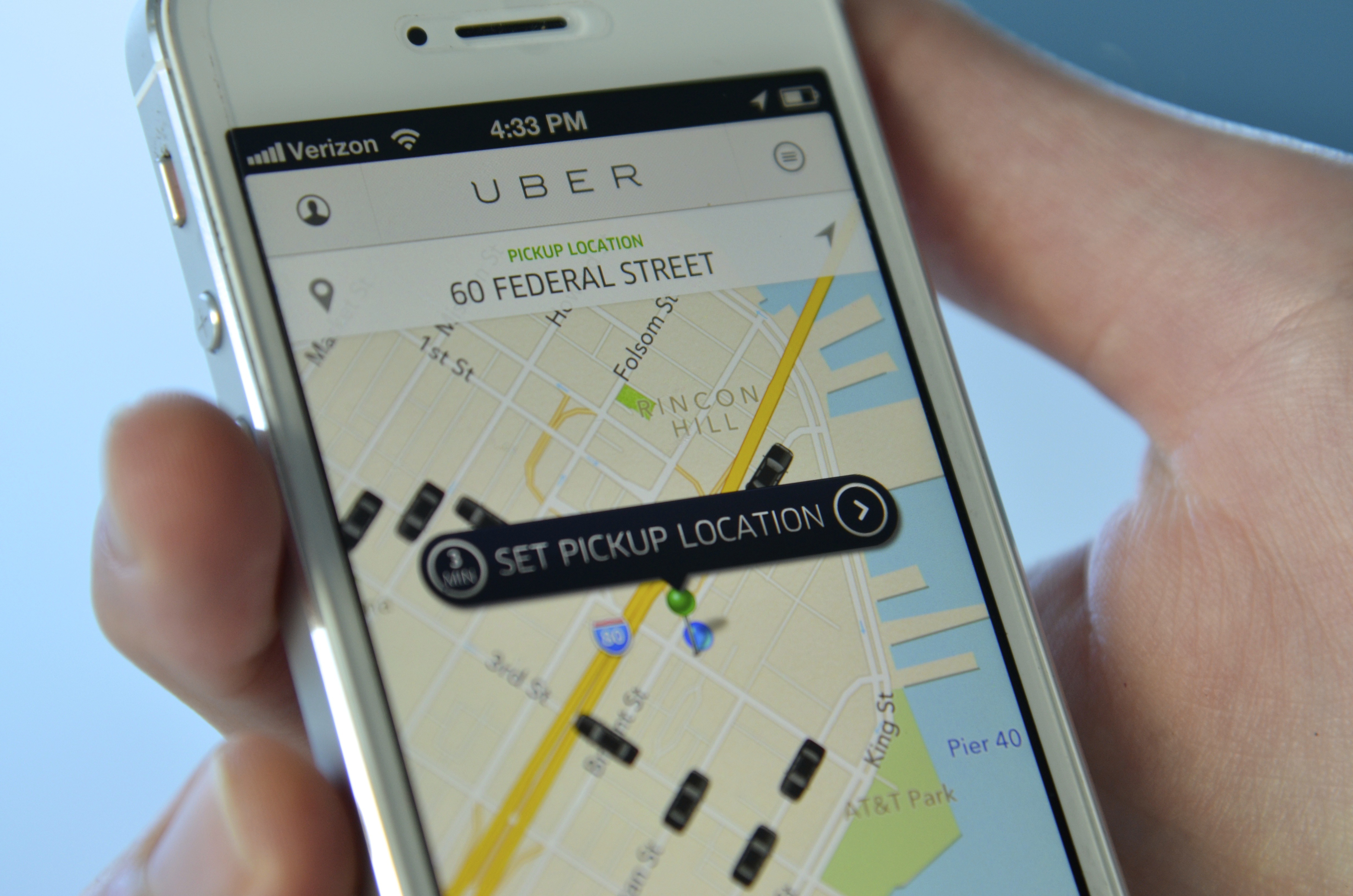
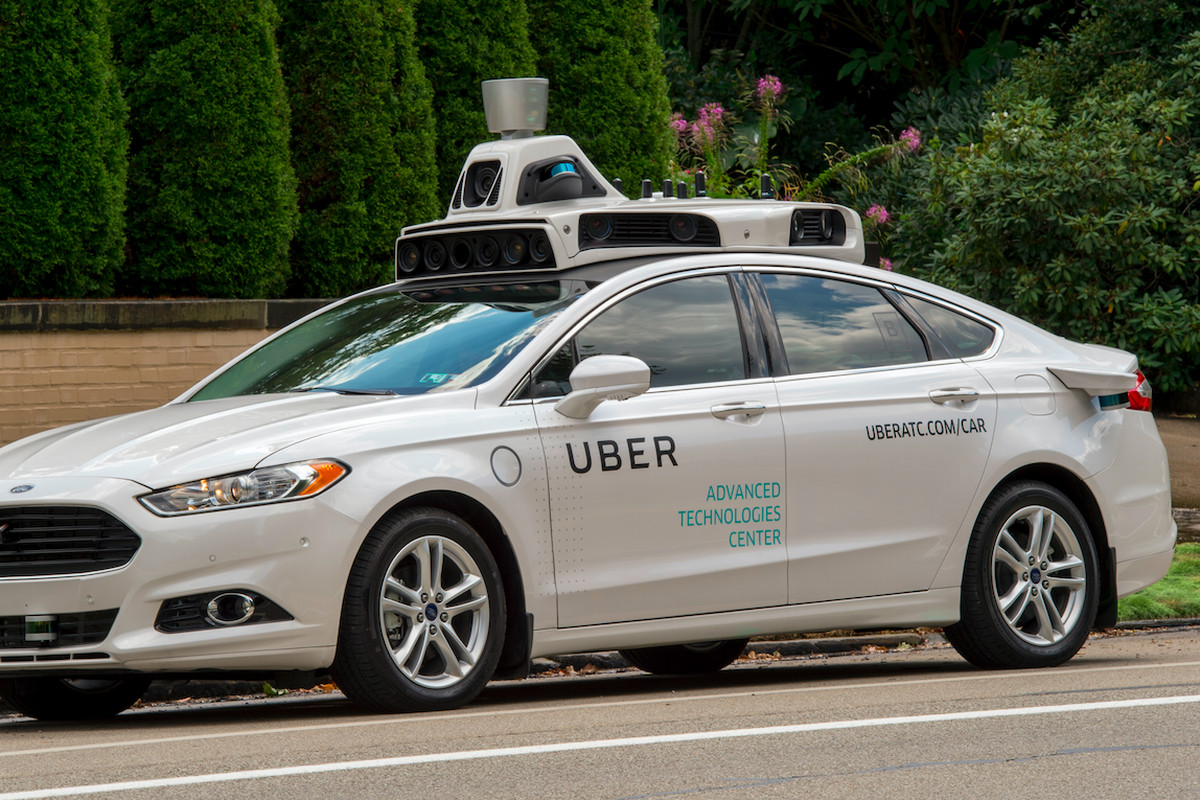
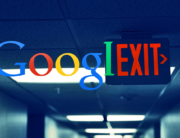
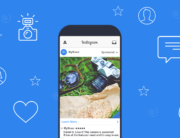
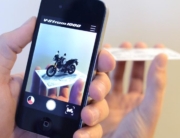

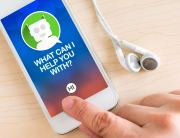
Leave A Comment